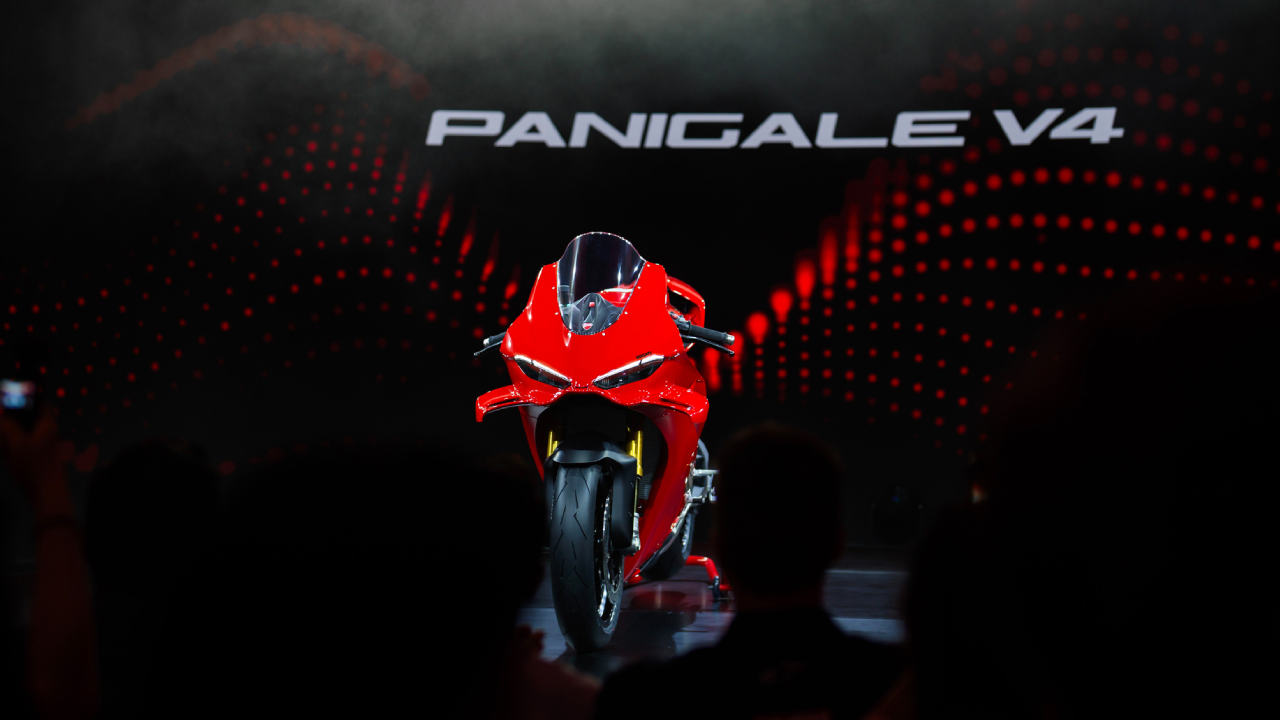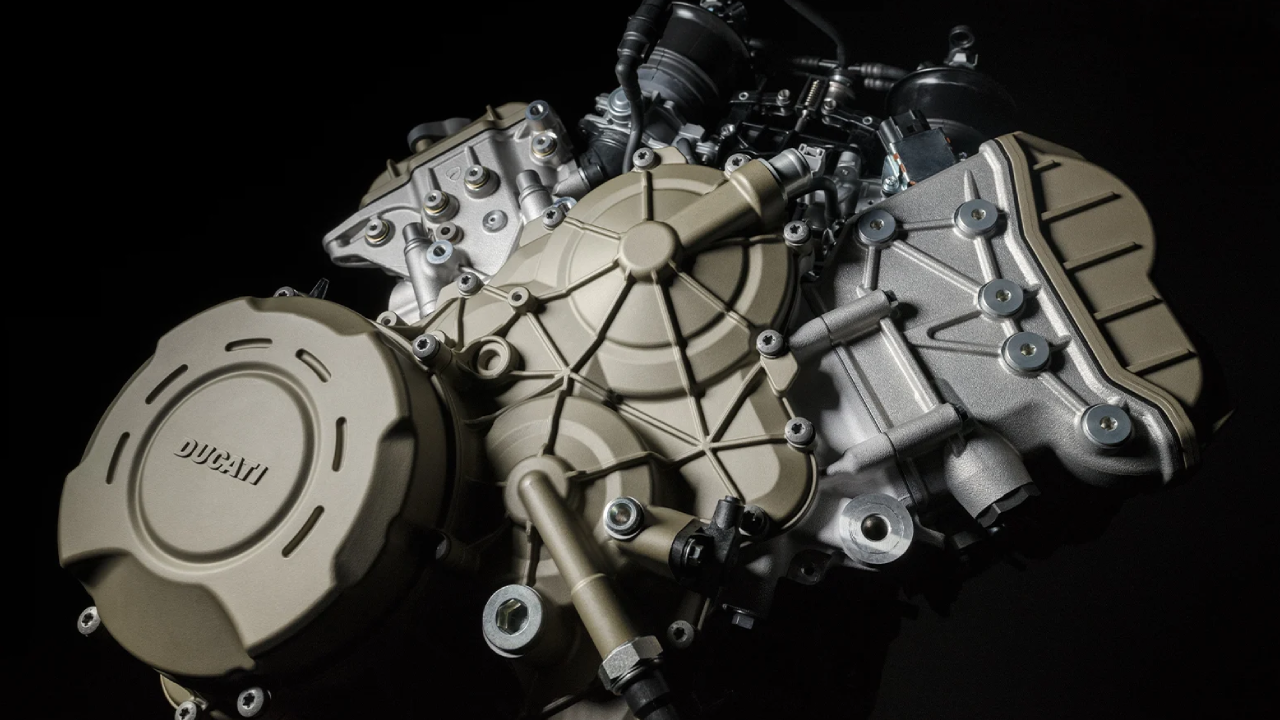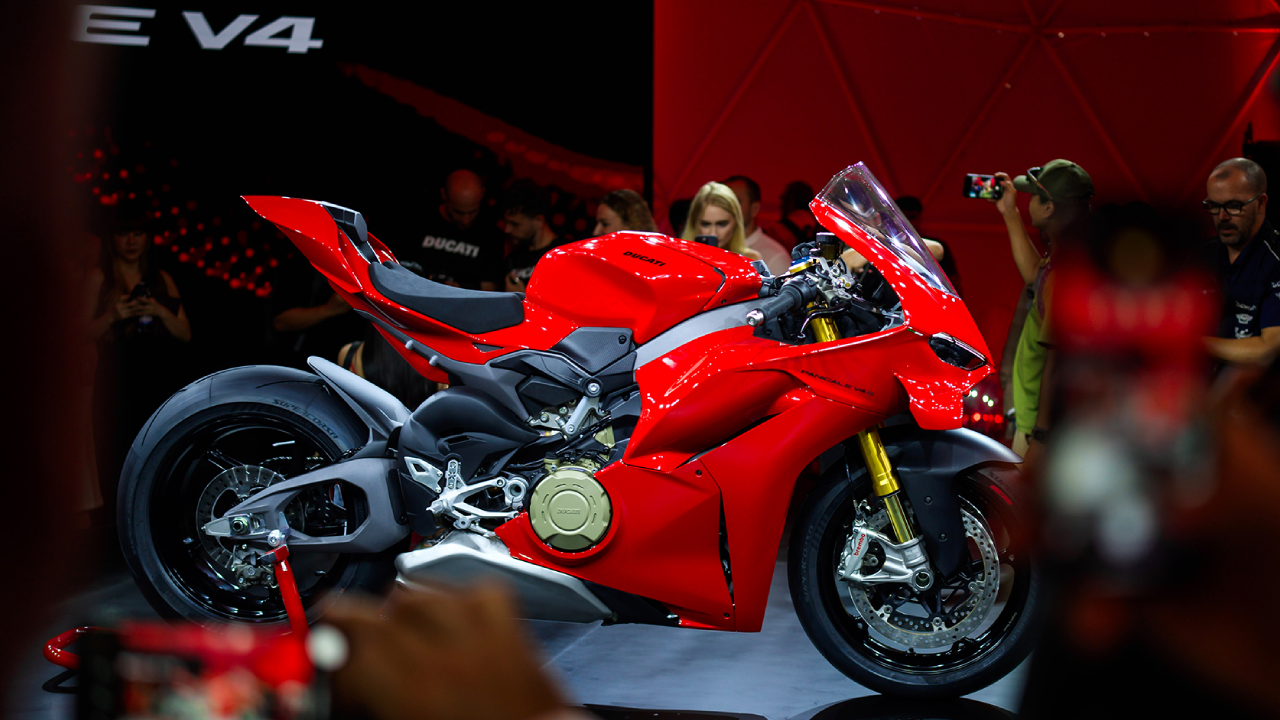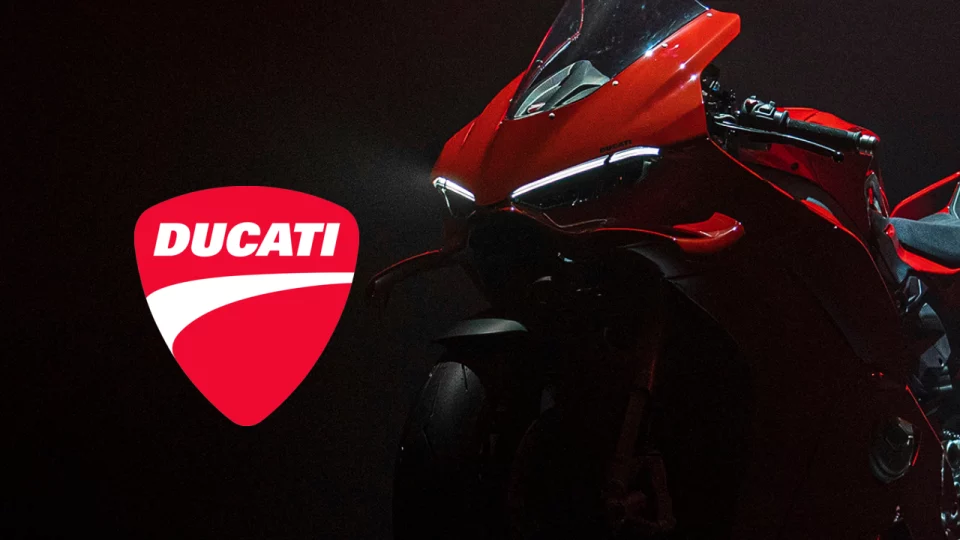The unveiling of the new Ducati Panigale V4 superbike in Misano, Italy, has set the motorcycle world abuzz. As Ducati continues its legacy of innovation and excellence, the Panigale V4 represents a striking blend of tradition and modernity.
With its latest iteration, Ducati demonstrates its commitment to performance, design, and technological advancements, ensuring that this superbike stands out not only on the racetrack but also in the eyes of die-hard fans and new enthusiasts alike.
| Specification | Details |
|---|---|
| Engine | 1,103cc V4 |
| Transmission | 6-speed manual |
| Horsepower | 209 hp (U.S. spec), 216 hp (Euro spec) |
| Torque | 89.5 lb-ft |
| Seat Height | 33.5 inches |
| Weight | 421 lbs (wet, no fuel) |
| Price | $25,995 |
Table of Contents
A Legacy to Uphold
Ducati, a name synonymous with racing heritage and precision engineering, has always had a unique place in the motorcycle industry. Founded in 1926, the brand has built a reputation for crafting high-performance bikes that cater to a passionate and discerning audience. However, Ducati faced challenges a decade ago when Andrea Amato joined as the design head. During this period, the brand struggled to maintain its dominance in competitive racing, experiencing a particularly dismal 2013 season with zero wins in MotoGP and a record low in World Superbike.
Amato and his team were tasked with reviving Ducati’s racing pedigree and returning the brand to its former glory. The solution was simple yet profound: create bikes that could deliver top-tier performance while being more accessible to a broader range of riders. This approach paid off, as Ducati reclaimed its place at the top of racing leaderboards, revitalizing its reputation. The strategy of “win on Sunday, sell on Monday” proved successful, leading to record-breaking sales in the street bike segment.
The Evolution of a Superbike
The Ducati Panigale V4, now in its seventh generation, carries a lineage that stretches back to the legendary Ducati 851 of the 1980s. Each new model has had the weighty responsibility of living up to its predecessors while pushing the envelope further in terms of design and performance. The latest Panigale V4 does not disappoint; it continues this tradition with significant enhancements that make it more formidable than ever before.
At its core, the new Panigale V4 pays homage to one of Ducati’s most iconic models—the Ducati 916, which was produced between 1994 and 1998. Widely regarded as one of the most beautiful motorcycles ever made, the 916’s influence is evident in the new Panigale V4. Subtle design cues, such as a more streamlined nose, a central air intake, and carefully curated details, evoke memories of the legendary superbike, ensuring that the new model carries forward Ducati’s timeless aesthetic.
A Blend of Form and Function

While the Panigale V4 nods to its rich history, it is also undeniably modern. Among the most noticeable updates are the new aerodynamic winglets at the front, which serve to stabilize the bike at high speeds. Unlike the sharper, more aggressive wing designs seen in previous Ducati models, the new winglets have a more organic, fluid shape. This design choice reflects Ducati’s evolving design philosophy, which prioritizes both aesthetic appeal and practical functionality.
The Panigale V4’s attention to detail is a testament to the resources available to Ducati as part of the Audi family, under the Volkswagen Group umbrella. Andrea Amato, the design chief, emphasizes that beauty and performance are not mutually exclusive—a sentiment famously echoed by Enzo Ferrari. The new Panigale V4 embodies this philosophy, seamlessly merging striking design elements with cutting-edge technology.
Performance Upgrades That Matter

Beyond its visual appeal, the new Panigale V4 is a powerhouse on the racetrack. It boasts a revised frame, a more powerful 1,103cc V4 engine that delivers 209 horsepower in the United States (216 horsepower in Europe), and a range of technological enhancements that elevate its performance capabilities. The bike features a new 6.9-inch digital dashboard that provides riders with critical information at a glance, as well as a professional-grade data logger that tracks 70 performance parameters. These features ensure that the Panigale V4 is as capable on the track as it is on the street.
One of the most notable technical updates is the introduction of Brembo’s new Hypure braking system. This advanced braking technology offers unparalleled stopping power and precision, allowing riders to push the limits with confidence. Moreover, the Panigale V4’s ergonomics have been meticulously refined to enhance rider comfort and control, enabling smoother transitions between aggressive racing positions and more relaxed postures.
The Controversial Swing Arm
While the new Panigale V4 has been lauded for its performance upgrades and design refinement, one feature has sparked considerable debate among Ducati purists: the swing arm. For nearly 30 years, Ducati has championed the single-sided swing arm design, which not only provided a distinctive aesthetic but also showcased the rear wheel in an unobstructed, dramatic fashion. However, the new Panigale V4 adopts a dual-sided swing arm—a decision that has divided the Ducati fan base.
The dual swing arm’s “hollow symmetrical” design offers a unique visual appeal, but it lacks the radical impact of the traditional single-sided configuration. While some fans view this change as a departure from Ducati’s unapologetically bold style, others appreciate the enhanced performance and stability it provides. Regardless of the controversy, this shift demonstrates Ducati’s willingness to prioritize functionality and performance over tradition, a move that could help the Panigale V4 secure more victories in competitive racing.
A Bike for the Future

As Ducati continues to innovate, the new Panigale V4 represents a bold step forward. It combines the brand’s storied heritage with modern engineering marvels, catering to both long-time Ducatisti and a new generation of riders. The bike’s performance on the track is likely to reinforce Ducati’s reputation as a leader in superbike manufacturing, but its success will ultimately depend on how well it resonates with enthusiasts.
With its impressive specifications—a 1,103cc V4 engine, a 6-speed manual transmission, and a wet weight of 421 pounds—the new Panigale V4 is positioned to make a lasting impact. Priced at $25,995, it offers a compelling combination of performance, design, and technological innovation, making it a worthy contender in the superbike segment.
